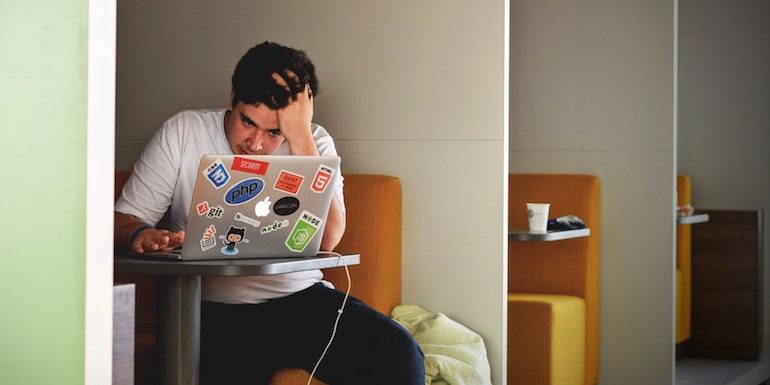On Labor Day, we look at what employment means for the 19% of disabled people in the U.S. What does disability look like in the U.S. and what’s the impact of disability on employment?
The impact of disability on employment
First, the basics:
- In 2017, the unemployment rate for people with disabilities was twice the rate for people without disabilities
- Employed persons with a disability were more likely to be self-employed or working part time
- Persons with a disability are less likely to work in management, professional, or related occupations
Two of the three most common causes of disability are related to chronic pain. Arthritis or rheumatism affect nearly nine million people, while back and spine problems sideline just under eight million people.
Why it’s important and how to address
People with disabilities who want to work often face tremendous barriers to employment that include lack of transportation and few employers who are willing to hire them. These barriers can result in people with disabilities feeling like outsiders or feeling unwelcome in the workforce. Often, their work is the reason for their disability, and they may feel resentful. These feelings can result in depression, anxiety, and other mental disorders. The happiness and well-being of the entire family can be affected by this change in status.
People with disabilities who want to work should be able to find stable, well-paying employment in their industry. Steady employment is key to keeping people out of poverty, and there are several ways to make this happen.
Treatment
First, the disability needs to be addressed, understood, and properly treated. Chronic pain can be debilitating, but it needn’t mean the end of a life’s work.
Using an holistic, team-based approach that incorporates traditional medicine with complementary treatments can help keep people with disabilities in work. Changes in diet and exercise, plus mental health check-ups and education for family and friends can help a person who is disabled with chronic pain cope with the daily struggle.
Accommodations
Next, employers need to know the laws surrounding disability and be held accountable. When a person becomes disabled, employers may want to quickly replace them with a non-disabled person, thinking that is the wisest course in terms of productivity. In truth, replacing a skilled, experienced worker with a new hire may be more trouble than it is worth, and is illegal in most cases when done because of disability status.
People with disabilities have rights that are protected by federal law, and it is important that they exercise those rights when it comes to employment. In many cases, a slight accommodation like offering a telecommuting option may be all that is needed to keep someone employed.
Inclusivity
Finally, people with disabilities need to be viewed as more than just their disability. In some cases, as with chronic pain, the disability may not be visible at all. Instead of thinking of all of the limitations a person with disabilities may have, the focus needs to move to what skills and talents they bring to the table.
Engaging those talents and keeping a person with disabilities as an active, contributing member to society helps not only the individual but also the society.
How has your disability affected your ability to work? To learn more about treatments that could help you, get in touch today!


